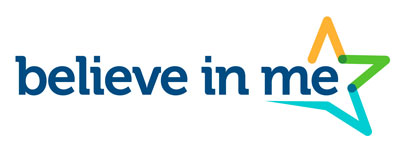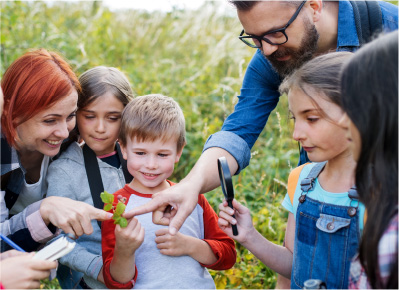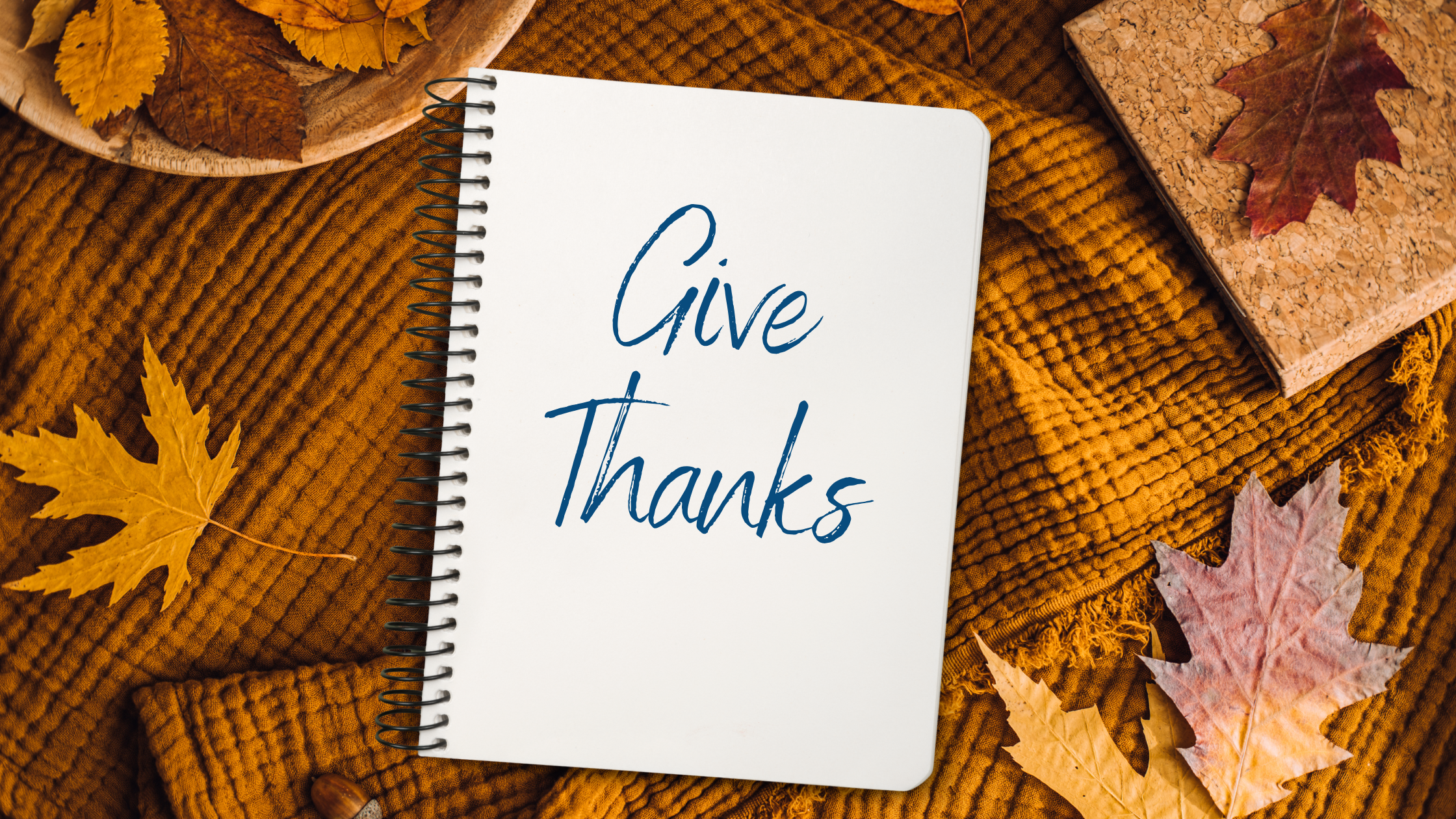Today is National Coming Out Day! This date was observed for the first time in 1988 to celebrate the 10th anniversary of the Gay Freedom Parade and to create awareness about LGTBQ+ people and their rights in the USA. However, with time, it became a big day to recognize the bravery of all individuals who decided to come out and live openly.
The Process of Coming Out Is A Long Journey
Highlighting the bravery of the people who decide to come out is the start of a long way in search of their true selves, confidence, self-esteem, and transparency with the people they love. As allies, it is important to show support, understanding, love, respect, and compromise. In addition, recognized that coming out is not a once-in-a-lifetime event, as it is almost an everyday situation. Every time an individual is in a new environment, they may feel the necessity of being transparent with the people they encounter. Furthermore, the process can start with the parents, extend to the family, the friends, and the neighborhood, and sometimes it extends to school, and work.
Coming out is not easy. It takes time. Sometimes the reaction may not be the expected; it can be painful, surrounded by disapproval and disappointment. But for situations like this one, it is helpful to remember the words of Eleanor Roosevelt: “No one can make you feel inferior without your consent.” Above all, be proud of who you are. To learn more about coming out, the process, and how to help LGTBQ+ individuals to rebuild confidence in themselves, we want to invite you to read the blog “Coming Out: Learning to Love Ourselves”. Moreover, find support from all LGBTQ+ allies, including individuals and organizations committed to equality and inclusion.
We also want to focus on the symbols, in that feeling of community and belonging. The wavy flags, the colors, and the artists behind the flags, the representation of diversity, and how these marks have been helping LGTBQ+ people to be seen, and feel supported.
A Feeling of Community Symbolized By The Rainbow Flag
It is not uncommon to see the rainbow flag being proudly displayed as a symbol of the LGBTQ rights movement. How did that flag become a symbol of LGBTQ pride? Flags represent belonging to a community. They are also a representation of our history, and a way to identify people who shared beliefs and experiences with us. In this case, the rainbow flag means inclusion, symbolizing those members of the LBGQT+ community who have been marginalized and want to be seen and heard. It’s a symbol of hope and diversity, a reminder that everyone should be free to love without judgment or discrimination.
To understand how the rainbow flag represents LGBTQ+ individuals, it is essential to look back and learn the history behind the creation and evolution. First, we will go back to Gilbert Baker, the artist behind the rainbow flag. Following this, we will continue with the meaning of each color, the changes over time, and finally, the importance of embracing diversity.
Art As A Insignia of Freedom and Togetherness
Gilbert Baker was born in Kansas in 1951. After being honorably discharged from the US Army in 1972, he moved to California as a medic, where he participated in the activism that would define his artistic career. In 1978, Baker created the iconic rainbow flag for the Gay Freedom Day Parade. It was a 30-feet-high by 60-feet-wide that included eight colors: pink (sex), red (love), orange (healing), yellow (The sun), green (nature), turquoise (art and magic), blue (serenity), and purple (The Spirit). However, in 1979, Baker removed the pink and the turquoise color from the flag, resulting in the current flag.
“I thought of flags in a new light. I discovered the depth of their power, their transcendent, transformational quality. I thought of the emotional connection they hold.” — GILBERT BAKER
The second historical moment for the flag was in the New York City Pride in 1994, with an updated flag of 6-stripes, and 1 mile long, also designed by Baker. His goal was to make the flag known and universally recognized as a representation of togetherness.
Coming Out and Finding Your Allies
Jumping forward, in 2018, Daniel Quasar re-design the rainbow flag to create what we know as the progressive pride flag. This design has a horizontal triangle with the transgender flag, in addition to the brown and black colors as a representation of gay African Americans, and those who lost the fight against AIDS. The triangle symbolized the forward progress of the thing that has been done in pro of the gay community, but also, the fight they continue for normalization.
When used, the rainbow flag indicates allyship, safe spaces, community, and togetherness. It is \when displaying that it relays this support and is not whitewashed to sell a product or further marginalize the queer Community.
As an LGBTQ+ individual, you can always find support in the organizations, activities, and programs granted and organized by Believe in Me. This aims to improve and support the lives of LGBTQ+ youth in our communities.






